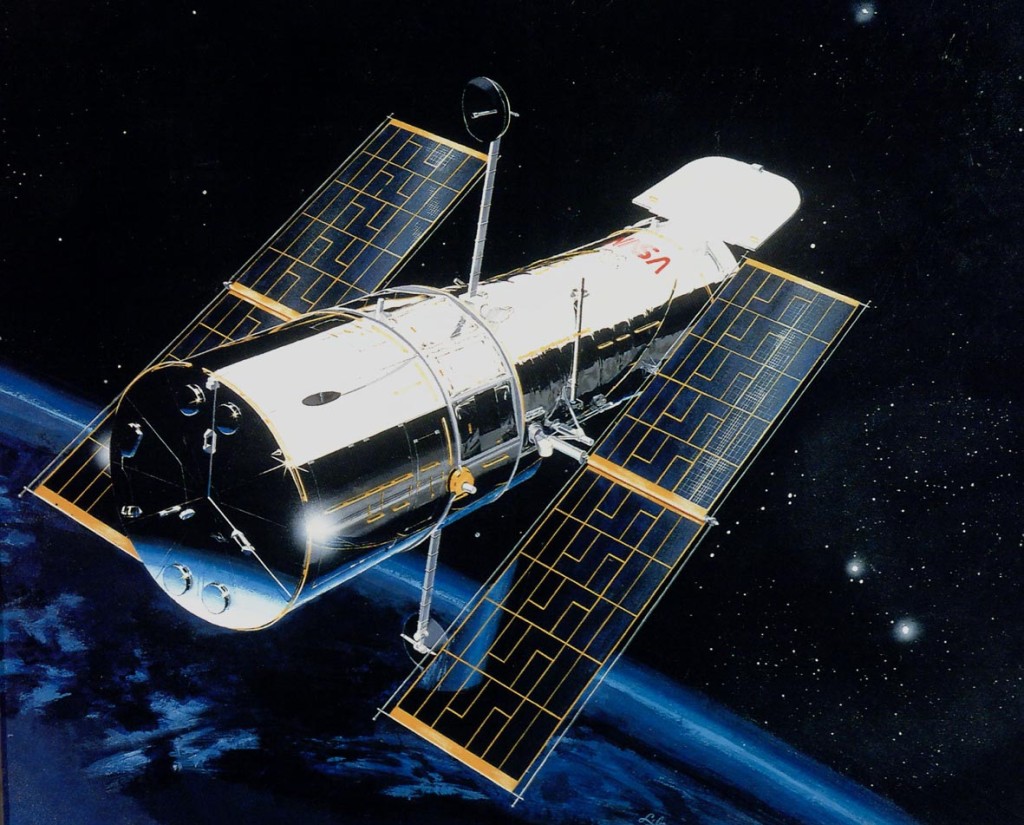Happy birthday Hubble Space Telescope!

esa.int
Hubble Space Telescope celebrates a quarter of century. It is in orbit by NASA April 24, 1990 to capture the wonders of the cosmos. Departed from Cape Canaveral and brought to 569 kilometers high (low earth orbit) from the shuttle Discovery, it sent by then spectacular images. It allowed us to observe natural phenomena otherwise only theorized. Weighing about 11 tons, it has a length of 13.2 meters and a diameter of 4.2 meters; it travels at the speed of 28000 km / h, using 97 minutes to complete one orbit. Powered by solar energy, captured thanks to the solar panels, and by six nickel-hydrogen batteries, Hubble sends about 120 gigabytes of data and images to the ground every week. It is characterized by a level of detail at least five times greater than the best ground-based telescopes, thanks to its primary mirror with a diameter of 2.4 meters. It is in fact extremely accurate: it is able to maintain a pointing of 7 thousandths of an arcsecond. But it was not always so. Before of that there was a drawback: the first images were distorted and blurry due to a construction defect, eliminated in 1993 by astronauts who worked directly in space. Hubble works in the visible and ultraviolet light and allows us to see more clearly the objects and phenomena that will be blurred and obscured from the earth due to the atmosphere. Only a portion of the many images collected by NASA through Hubble regards planets, stars, galaxies and asteroids.
How we will celebrate the 25th anniversary of this giant space?
NASA and ESA have organized scientific meetings, dissemination events and competitions. For example Hubble Mania: an online competition to vote the most beautiful image obtained with the space telescope; Ode a Hubble: a competition attended by amateur astronomers around the world by sending video dedicated to the telescope. The initiatives will continue in the coming months in order to highlight the importance not only scientific but also remembering how Hubble has transformed our idea of space.
Header Image Credits: spacetelescope.org
